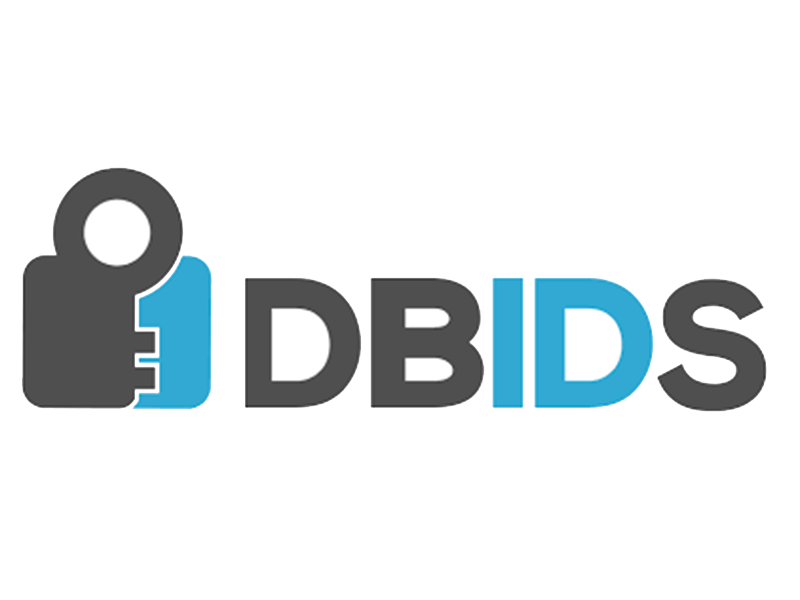
Your job is starting, but does your crew have DBIDS?
The Department of Defense Biometric Identification System (yes, the ‘S’ in DBIDS counts when spelling the acronym) credential has been the hot button issue for the port and ship repair companies since it replaced RapidGate (1). It’s important, it’s complicated but hey, at least it’s “free.” If your company is like most other companies in the port, a three-page document per employee that must be filled out one by one, submitted in very specific fashion and followed up on relentlessly without any sort of cumulative data base for verification of status is anything but free.
It costs time, manpower, frustration, and most of all, delays in production. So, what can be done? Use your resources, know the process, and get your submissions done correctly the first time and way ahead of schedule.
Resources
For an overview of the program you can check out this Powerpoint presentation from the Defense Manpower Data Center (2). Frankly, the DBIDS program is pretty cool. It basically tracks everyone coming and going from any military installation in the Continental US, in real time. That’s over 800,000 base accesses per day! A program of that size and complexity is bound to require a little work from it’s users up front to function appropriately. Of course the local associations like the Virginia Ship Repair Association and corresponding committees can help you navigate potential problems and questions. Look to your peer group and fellow businesses that have “been there, done that” and may be willing to lend you tip or two. Also, don’t forget about all of the resources available to your staff from Facility Security Officer group associations like the Society of Industrial Security Professionals (NCMS) (3) or Infragard (4). There is even an FSO Linkedin group (5). Bottom line: we are all in this together and should be willing to help in order to service the ultimate customer: The Navy.
The Process
It all starts with people. A solid process for DBIDS starts with knowing your people and whether or not they are a candidate for DBIDS. A post-offer background check will reveal this for you and the CNRMA lists its disqualifying criteria on its FAQ page (6). Once you know your employee is a candidate worth processing, use the right forms. You will need these: SECNAV 5512 (7) and the corresponding Contractor Verification System (CVS), or Operations Controls (OPCON) spreadsheet to the base you are submitting access for. Make sure the corresponding Mid-Atlantic Regional Maintenance Center (MARMC) sponsor information is filled out correctly and that, like any access list, the details of the list are correct to the digit and letter. Speaking of details, even the subject line of the email must be specific and don’t forget to apply for the two year, not the one year, badge if you plan to be around a while.
Finally, once you have the process nailed, be ready for the inevitable: change. As of February 20th 2019, the rules for submission changed again. Try not to let changes ruin the spirit of the task at hand. Communicate with your resources to adjust course appropriately and move forward.
Forecasting
Did you just win that award and are ready to start processing DBIDS access? Chances are you are already too late. Here’s the issue: your period of performance (POP) is two months and you need to start next week. That’s a problem because none of your crew has DBIDS yet. Well, if you do everything perfectly the first time, everyone you submit can get the credential, and considering there are no closures from holidays, weather, or random computer issues (this is a huge if!). That said, your crew will have its credentials in hand half way through the POP because even when it goes perfectly, the process will take 15-30 days. Great.
Herein lies the importance of forecasting and knowing what sort of business your company or division may be getting involved with over the next six months. It’s imperative that your estimating and bidding divisions communicate the potential access requirements to your FSOs necessary to complete the jobs that they are bidding on before the award is won. Here’s the magical part: even if you don’t get the work but still have made the effort to get the appropriate credentials, you’re not out anything except a little time and a trip or two to the pass office which is something you’ll have to do anyway when your company wins the next award.
The other important thing about forecasting is to let your subcontractors know what is going on so that they can “skate to where the puck is going” and not to where it currently is. Keeping your communications open to your subcontractors will allow them to serve your contracts better and get the jobs done on time. Maybe, you’ll find that your subs need a little help with the access process or maybe they have some extra tips for you! If they are totally lost on the subject… are they the right subcontractor for the job? Either way, nothing happens without being able to get onto the boats so get you and your subcontractors “on board” with the DBIDS credentialing process early.
Conclusion
Ship board work is not easy. Access is not easy. If it were easy, anyone would do it. We are a part of this industry because the Navy needs our special sets of skills to keep the fleet floating and our sailors safe. The best way that we can serve our customer is to make sure that we are prepared for all of the challenges of the job. DBIDS is our latest challenge and it is possible to overcome. It takes a few key points to do it: using your resources, knowing and executing the process, and being on top of the forecasting for your company and your subcontractors. With these tools in hand and the right partners, we can all be confident that the port of Virginia will continue to support and be, “The strength behind the fleet” for many years to come.
Tidewater Staffing
Tidewater Staffing, Inc. has been “Putting people to work and doing the right thing every day” since 1992. That was the year TSI became a VSRA member and is proud to support the Navy and the Virginia port operations for more than 27 years. Over this time we have become experts in credentials and access procedures for all military and non-military facilities. As the writing of this article, TSI is crossing the threshold of over 1,000 people processed for the DBIDS credentials.
If you would like to learn more about our processes and/or offerings please contact our VPs of Production:
Sources:
- https://eform.rapidgate.com/?AspxAutoDetectCookieSupport=1
- https://www.ala-national.org/assets/documents/04_-_DBIDS-IMESA_ALA_Brief_Oct_18.pdf
- https://classmgmt.com/
- https://www.infragard.org/
- https://www.linkedin.com/groups/1918782/
- https://www.cnic.navy.mil/regions/cnrma/om/contractor_verification_system/faqs.htm l
- https://www.navsea.navy.mil/Portals/103/Documents/NSWC_PHD/Documents/SECNAV5512%20%20Highlighted%20WITH%20EDIPI%20(blank).pdf?ver=2018-12-13-174549-367
- https://www.cnic.navy.mil/regions/cnrma/om/contractor_verification_system/faqs.html



